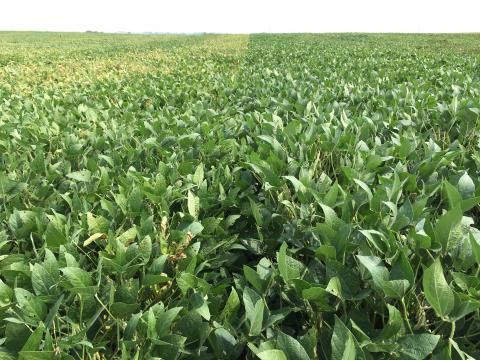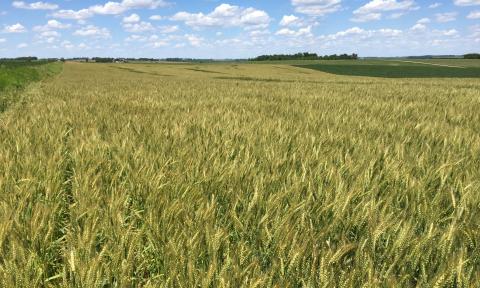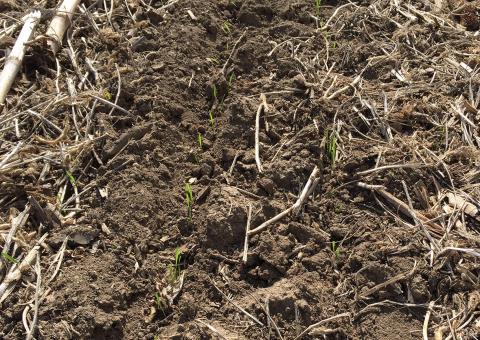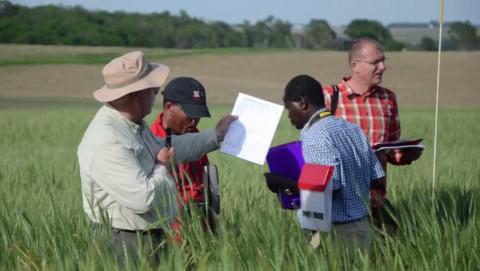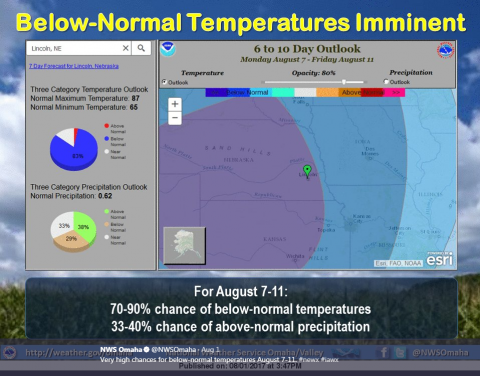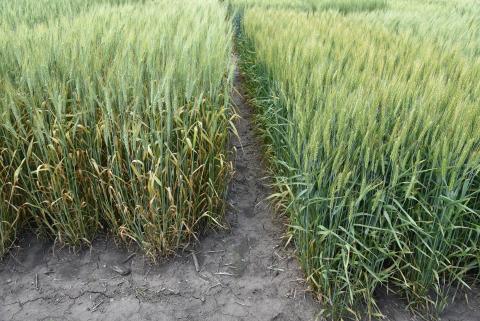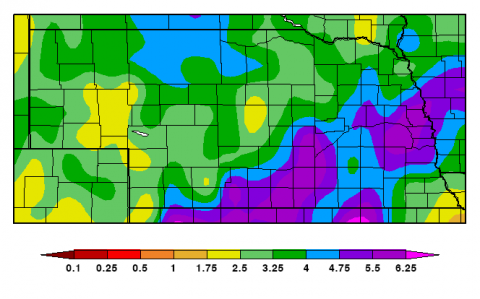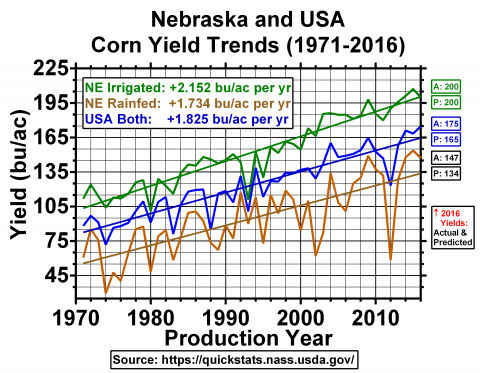Large Check, Small Seed, Significant Impact
October 11, 2017
Seed selection is one of the first and most important management decisions you make. Consider the factors described here when deciding which corn hybrids and soybean varieties are apt to be top performers under your management and field conditions.
Recap of 2017 Eastern Nebraska Winter Wheat Crop
August 31, 2017
While final USDA yield numbers aren't in yet, it looks like 2017 wheat yields could rival the 2016 yields in portions of eastern Nebraska, based on state variety trials and extension educator reports. See the breakdowns by district.
Wheat Planting Practices for Eastern Nebraska
August 31, 2017
While many growers are thinking of fall harvest, others are preparing to plant their next wheat crop. Based on information from farmers, agronomists, and researchers, outlined here are seven key steps to help ensure a successful wheat crop.
Why Grow Winter Wheat in Eastern Nebraska?
August 31, 2017
The winter wheat varieties planted in eastern Nebraska today can yield upward of 140 bu/ac under good management and weather. If you haven't planted wheat in several years, consider today's advanced genetics and these other benefits from integrating wheat into your rotation.
Scout Corn Fields for Kernel Set
August 4, 2017
Considering the day to day and week to week variability in weather we’ve experienced and the wide range of regional conditions across Nebraska this year, scouting fields for kernel set and overall condition may be more important than ever. Check out these corn reports from across the state.
2017 Stripe Rust Ratings from Eastern Nebraska Wheat Variety Trials
July 14, 2017
This year the onset of stripe rust was earlier in eastern Nebraska than in western Nebraska, allowing it to develop to levels that could be scored in state variety trials in Washington, Saunders, and Clay counties. A table provides ratings for a number of varieties and lines at three sites.
当我们ther Delays Planting – Now What?
May 26, 2017
Ag)ronomists consider several options for those pushed into late planting due to heavy rains. Changing corn hybrids or soybean varieties is not recommended, nor is shifting to alternate crops.
Soybean and Corn Yield and Acreage Trends through 2016
May 25, 2017
Nebraska soybean and corn yields steadily increased from 1971 to 2016, in both irrigated and rainfed production fields. Charts based on USDA National Agricultural Statistics Service numbers track these changes.


